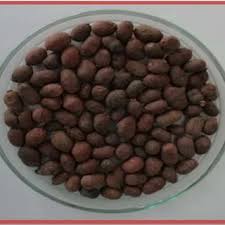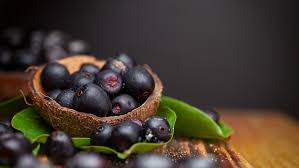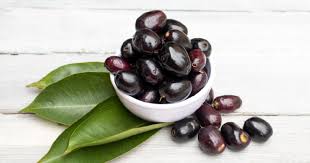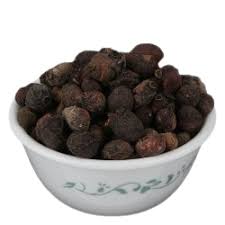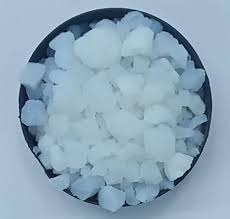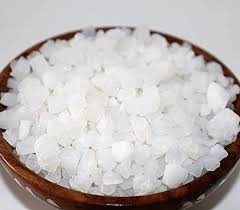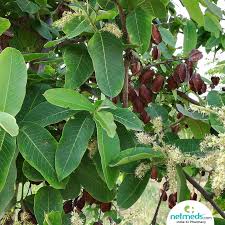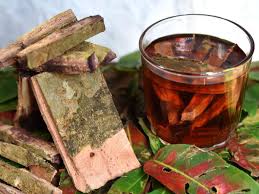
How to Store Jamun Guthli Seeds for Maximum Freshness
Jamun, also known as the Indian blackberry, is not only a delicious summer fruit but a powerhouse of health benefits. While the sweet, tangy pulp is widely consumed, the real magic lies in the Jamun Guthli (seeds). These seeds, when properly collected, dried, and stored, become potent jadi buti remedies used in traditional Indian medicine for treating diabetes, digestive issues, skin conditions, and more.
However, like all natural remedies, preserving the freshness and potency of Jamun Guthli is essential for maximum health benefits. Improper storage can lead to mold growth, loss of nutrients, and contamination. At dirghaanshi, we are dedicated to bringing back the art of natural healing and helping our readers understand not just how to use herbs, but how to store and maintain their quality for the long term.
In this detailed guide, we will walk you through how to collect, clean, dry, and store Jamun Guthli seeds correctly to retain their freshness, medicinal strength, and shelf life.
Long Description: How to Store Jamun Guthli Seeds for Maximum Freshness
- Why Proper Storage of Jamun Guthli Is Important
Jamun seeds contain sensitive bioactive compounds like flavonoids, ellagic acid, gallic acid, tannins, and alkaloids. These compounds provide the seed with its:
Anti-diabetic properties
Antioxidant action
Anti-inflammatory effects
Digestive and liver benefits
But exposure to air, moisture, heat, and sunlight can break down these compounds, leading to:
Loss of medicinal value
Spoilage due to mold or pests
Bitter taste or foul odor
Shorter shelf life
To preserve their potency, it’s vital to follow traditional and scientifically sound storage practices.
- Step-by-Step Process: From Fruit to Preserved Seed
Step 1: Collecting the Jamun Seeds
Choose fully ripe and fresh Jamun fruits during the harvest season (May–July in India). These fruits are deep purple-black in color and yield seeds with the most nutrients.
Avoid overripe or fermented fruits
Separate the seeds gently by removing the pulp
Wash seeds in clean water to remove residual pulp
Step 2: Cleaning and Initial Drying
Soaking method (optional): Some traditional practitioners soak the seeds for a few hours to soften the outer coat before drying.
Wash thoroughly 2–3 times
Pat dry with a clean cloth
Spread the seeds on a cotton or muslin cloth in a single layer
Step 3: Drying the Seeds Properly
This is the most critical step to ensure long-term freshness and avoid mold or spoilage.
Drying guidelines:
Place seeds in shade, not direct sunlight
Ensure good air circulation
Dry for 7 to 10 days, turning seeds daily
Check for dryness: seed should feel hard and brittle, not soft or damp
Note: Avoid using ovens or microwaves—heat can destroy the medicinal compounds.
Step 4: Removing the Outer Shell (Optional)
For certain uses like powder preparation, you can crack open the dried seed and remove the inner kernel. This part has a more concentrated nutrient profile.
Use a stone grinder or nutcracker
Be cautious not to crush the seed completely
Remove the brownish inner part and discard shells
Step 5: Powdering Jamun Guthli (Optional)
If you plan to use the seeds for regular consumption, turning them into powder (churna) is a great option.
Use a clean, dry mixer or grinder
Grind seeds in batches to avoid overheating
Store immediately after grinding in airtight containers
- Ideal Storage Conditions for Maximum Freshness
a) Use Airtight Glass Jars or Steel Containers
Plastic bottles can leach chemicals and allow air to pass through. Instead, use:
Glass jars with rubber seals
Stainless steel dabbas
Ceramic jars with tight lids
b) Keep in a Cool, Dark Place
Avoid areas near stoves, windows, or electronic appliances. Heat and light break down nutrients.
Store in kitchen cupboards, herbal cabinets, or clay pantries
Ensure temperature is below 30°C and free from humidity
c) Avoid Moisture and Contamination
Do not use wet spoons to scoop powder
Place silica gel pouches (if safe) in containers to prevent moisture
Always seal jars tightly after each use
d) Label and Date Your Jars
Mention the harvest date or drying date
Most properly stored Jamun Guthli can stay fresh for up to 1 year
Powdered form should be used within 4–6 months
- Storage Tips Based on Usage Type
Usage Type Storage Method Shelf Life
Whole Dried Seeds Glass jar in cool cupboard 10–12 months
Cracked Inner Kernels Airtight steel container 6–8 months
Jamun Guthli Powder Small batches in labeled jars 4–6 months
Decoction (Kadha) Form Freshly prepared; no storage advised Use same day - Ayurvedic Insight: Why Storage Is a Part of Healing
In Ayurveda, Sanskars (processing steps) are just as important as the herbs themselves. The energy (prana) of a jadi buti can be preserved or destroyed based on how it is stored.
Jamun Guthli, being a Rasayana (rejuvenative), must be stored:
Away from electromagnetic radiation
In natural materials like glass or earthenware
In a sattvic (clean, calm, and pure) environment
This enhances the therapeutic vibration of the seed and preserves its Rasa, Guna, and Virya (taste, property, and potency).
- Common Mistakes to Avoid While Storing Jamun Guthli
Drying in direct sun (can degrade medicinal properties)
Using damp jars or lids
Overstocking large quantities without proper rotation
Exposing to air too often (frequent opening leads to oxidation)
Storing near strong-smelling items like masalas, which can cause odor absorption
- How to Check if Jamun Guthli Has Gone Bad
Check for the following signs:
Foul or sour smell
White or green mold spots
Change in taste (very bitter or stale)
Powder clumping or wet texture
If any of these signs appear, discard the batch immediately to avoid health risks.
- Advanced Storage Options (Optional)
If you’re storing large quantities of Jamun seeds (for family, clients, or herbal preparation):
Use vacuum-sealed pouches for long-term storage
Add natural preservatives like neem leaves or dried cloves in the jar
Consider keeping the jars in clay pots with sand insulation for heat control
Conclusion
Jamun Guthli is a precious herbal remedy—but only when it’s stored and handled with care. At dirghaanshi, we believe that the power of jadi buti comes not only from its origin but from how we treat it post-harvest. Following the right storage steps ensures that every spoon of Jamun Guthli you consume is fresh, potent, and effective.
Whether you’re using it for diabetes, digestion, skin health, or general detox, always ensure your Jamun Guthli is clean, well-dried, and properly stored. With these practices, you can preserve its natural strength and experience the true benefits of this Ayurvedic treasure.


